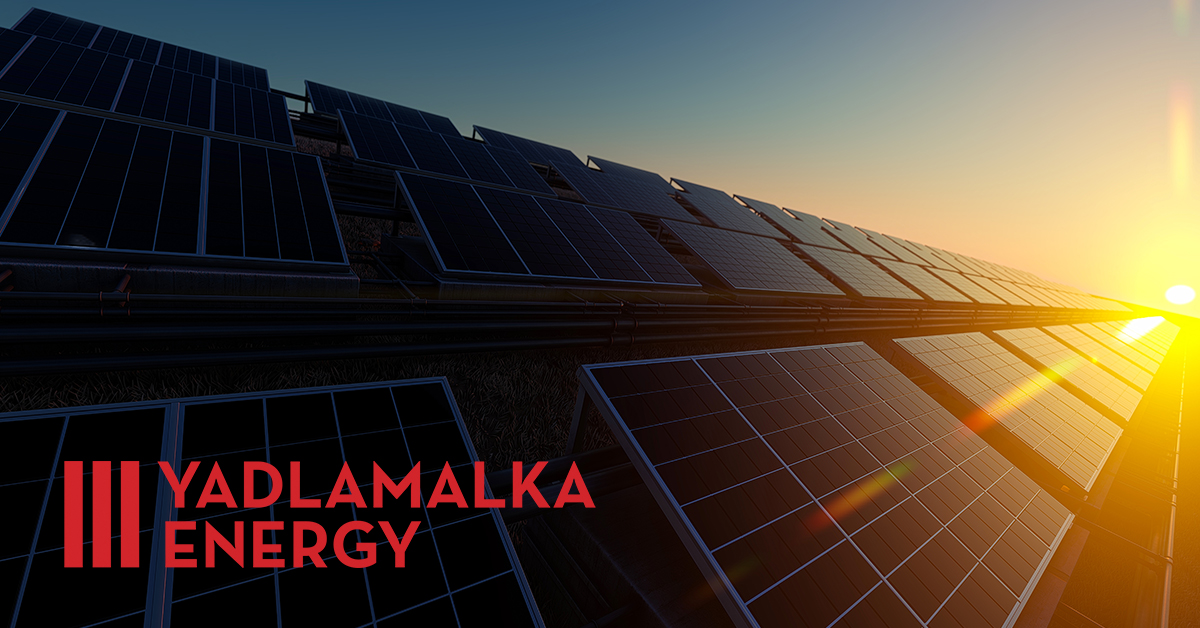- Joined
- Jul 15, 2023
- Messages
- 981
Every single energy storage mechanism has some risk. It’s storing energy, after all.
Some are safer than others. I wonder if these batteries used safer Li polymer or LiFePO4 technology. I doubt it.
Flow batteries have been mentioned. To my knowledge there have been no successful commercial flow battery companies. For whatever reason, it’s just too hard to make a profit on them as of yet.
Pumped hydro only works where you can pump water into a giant reservoir with greater head than the start. That doesn’t work in many places and carries all the same risks as dams. New York blessed with the geography to already be one of the most hydro-heavy states, but it’s not an infinitely scalable solution. There’s only so much land you can flood.
Another option is inertial flywheel batteries, where a magnetically levitated heavy disk spins at insane rpm. You can imagine the risks there. Yet another could be chemical storage, using ammonia. Again, you can imagine the risks there too.
No free lunch in physics.
Some are safer than others. I wonder if these batteries used safer Li polymer or LiFePO4 technology. I doubt it.
Flow batteries have been mentioned. To my knowledge there have been no successful commercial flow battery companies. For whatever reason, it’s just too hard to make a profit on them as of yet.
Pumped hydro only works where you can pump water into a giant reservoir with greater head than the start. That doesn’t work in many places and carries all the same risks as dams. New York blessed with the geography to already be one of the most hydro-heavy states, but it’s not an infinitely scalable solution. There’s only so much land you can flood.
Another option is inertial flywheel batteries, where a magnetically levitated heavy disk spins at insane rpm. You can imagine the risks there. Yet another could be chemical storage, using ammonia. Again, you can imagine the risks there too.
No free lunch in physics.


